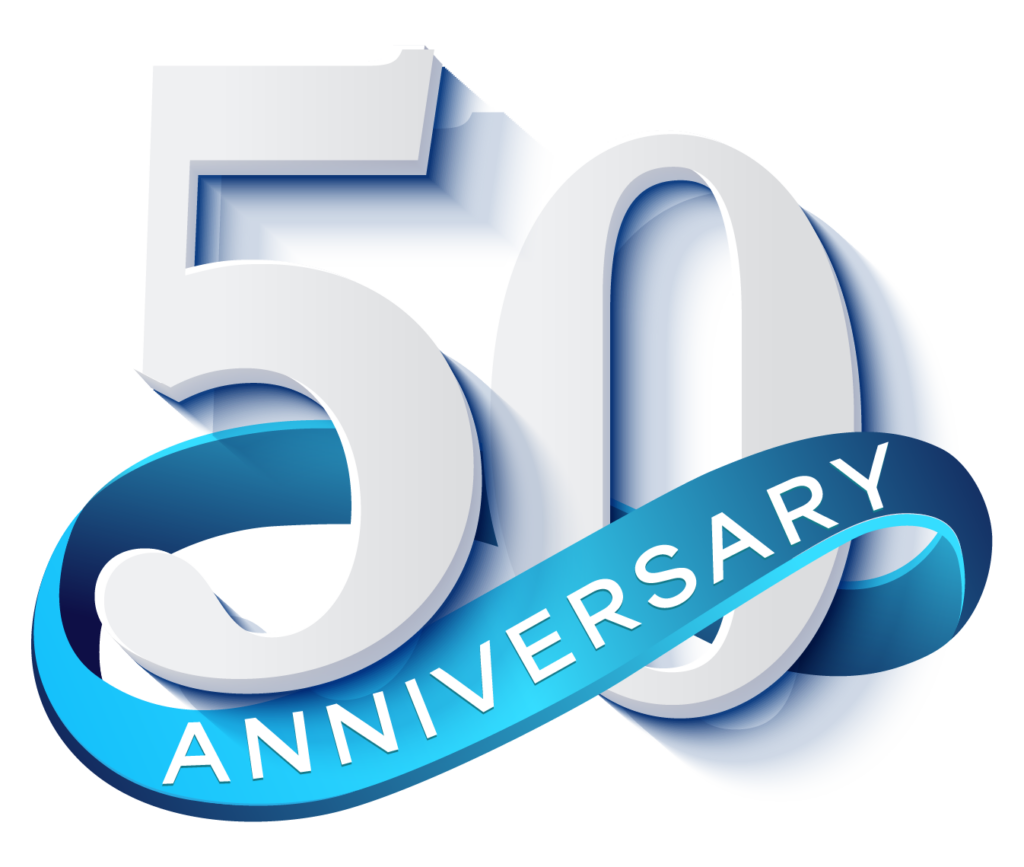In business, the phrase, “leadership development coaching,” rings with the promise of progressive transformation and growth. It’s more than just a catchy term – it’s a strategic investment, a catalyst that can not only propel your business to new heights but also foster a culture of continuous learning and innovation.
Leadership development coaching empowers individuals, fueling them with the skills, mindset, and confidence they need to navigate the complex business landscape and emerge as influential leaders.
But don’t just take our word for it. According to a study by McGovern et al, companies that invest in leadership development coaching have reportedly seen an ROI of almost six times the cost of the coaching itself. Now that’s a game-changer.
In this post, we’ll dive deeper into the concept of leadership development coaching, explore its benefits, and provide your company with a roadmap to success.

What is Leadership Development Coaching?
Leadership development coaching is a personalized learning experience designed to enhance an individual’s skills, abilities, and mindset to become an effective leader. It involves working closely with a coach to identify leadership strengths and areas for improvement, setting clear, tangible objectives, and crafting a strategic plan to achieve these goals.
This process is not a one-size-fits-all solution. Instead, it is tailored to the unique requirements and circumstances of each leader. It facilitates deep introspection, challenging leaders to question their pre-existing ideas and strategies, explore new approaches, and push beyond their comfort zones.
Over the years, leadership development coaching has evolved from a remedial strategy to a developmental one. There was a time when coaches were primarily brought in to troubleshoot performance issues or to guide struggling leaders. Today, however, coaching is no longer just about fixing what’s wrong; it’s about nurturing what’s right. The most successful leaders understand the power of continuous learning and personal growth, and they utilize coaching to maximize their potential.
Fundamentals of Leadership
Before diving into the specifics of leadership development coaching, it’s crucial to understand the fundamentals of leadership. This includes the core leadership competencies that every leader should possess, as well as the different leadership styles they can adopt.
Core Leadership Competencies
Several key competencies form the foundation of effective leadership.
1. Communication Skills
Leaders should have excellent communication skills, enabling them to articulate their vision, goals, and expectations clearly and persuasively.
2. Emotional Intelligence
Emotional intelligence – the ability to recognize and manage one’s own emotions and the emotions of others – is another crucial leadership competency.
3. Decision-Making Abilities
Leaders are often faced with complex situations and must make critical decisions under pressure. Hence, strong decision-making abilities, underscored by logical reasoning and risk assessment, are essential.
Understanding Leadership Styles
In addition to competencies, understanding and adopting a leadership style that aligns with the leader’s personality and the organization’s culture can significantly influence the success of leadership development coaching.
1. Transformational Leadership
Transformational leaders inspire their teams through their vision and passion. A study by Gallup found that employees who are supervised by highly engaged leaders are 39% more likely to be engaged themselves.
2. Servant Leadership
Servant leadership is all about putting the needs of the team before your own. These leaders foster a supportive environment, which increases employee satisfaction and productivity levels.
3. Situational Leadership
Situational leaders adapt their style based on the situation and the team’s needs. This flexibility can lead to improved team performance and higher morale.
Assessing Leadership Skills
Before diving into the world of leadership development coaching, it’s essential to determine where you currently stand as a leader. This can be accomplished through various assessment techniques, which offer valuable insights into your leadership strengths, weaknesses, and areas that require improvement.
Self-Assessment Tools
Many leaders might be inclined to resort to popular personality tests like the Myers-Briggs Type Indicator (MBTI) for their self-assessment journey. However, it’s important to remember that while such tests may provide some level of insight, they are not rooted in science. Instead, leaders should use scientifically validated tools like Personalysis for a more accurate and in-depth understanding of their personality traits.
Since its inception, Personalysis has been extensively tested and verified to confirm its precision. With a legacy stretching back nearly five decades, our scientifically backed personality assessment tool has been utilized by over a million individuals, a testament to its efficacy.
Employing three dimensions of motivation – preference, social, and instinctive – Personalysis not only measures personality traits but also offers crucial insights into you and your teamwork activities preferences, connection style, expectations, and core needs for confidence and certainty. When it comes to personality assessments, validity and reliability are key.
The Personalysis Leadership Development Program is a comprehensive coaching process that combines the power of personality assessment and professional coaching to help leaders reach their full potential. Through this program, leaders gain a deeper understanding of their strengths, challenges, and hidden motivators, allowing them to develop strategies to empower and influence their team for success.
360-Degree Feedback Process
The 360-degree feedback process is another effective method for assessing leadership skills. This process gathers anonymous feedback about an individual from their subordinates, peers, and supervisors. It provides a holistic view of a leader’s performance and drives personal and professional growth. The Society for Human Resource Management stated that 360-degree feedback was instrumental in improving leadership effectiveness when incorporated into a leadership coaching program.
Identifying Strengths and Weaknesses
Identifying one’s strengths and weaknesses is a critical step in leadership development. Leaders who are aware of their strengths can leverage them to maximize their leadership potential while understanding their weaknesses can guide their learning and development goals. According to a Gallup study, people who use their strengths every day are six times more likely to be engaged at work, 8% more productive, and 15% less likely to quit their jobs.
The Role of a Leadership Development Coach
Effective leadership development coaching is not just a one-time event; it’s an ongoing process. Similar to how athletes have coaches to help them reach their full potential, leaders also require coaching to continually improve and grow.
Defining the Coach’s Responsibilities
A leadership development coach wears various hats – from being a mentor, and challenger, to a guide. Their primary responsibility lies in facilitating a leader’s personal and professional growth. They do so by helping the leader identify their strengths and weaknesses, set short and long-term goals, and develop strategies to achieve these goals. Furthermore, they provide a safe space for leaders to reflect on their actions and decisions, offering feedback and perspective to foster self-awareness and transformative growth.
Tailoring Coaching to Individual Needs
Every leader is different, so a one-size-fits-all approach to coaching isn’t effective. Leadership development coaching should be carefully tailored to each individual’s needs, considering their personality traits, leadership style, strengths, weaknesses, and specific growth areas. This personalized approach ensures the coaching intervention is relevant and impactful, and drives meaningful change. A study conducted by Deloitte revealed that organizations with a strong learning culture lead to 37% greater employee productivity. By tailoring the coaching to individual needs, not only the leader but also the entire organization stands to benefit, reinforcing the importance of a bespoke coaching strategy in leadership development.
Creating Personalized Development Plans
As leaders progress through their development journey, a well-structured, personalized development plan becomes instrumental. It provides a roadmap to guide their growth, ensuring they are heading in the right direction and making the necessary improvements.
Goal Setting for Leadership Growth
The first step in creating a personalized development plan is goal setting. Leaders need to establish clear, measurable, and achievable goals that align with their personal growth and organizational objectives. Goal setting isn’t just about outlining what leaders want to achieve; it’s about understanding the steps required to get there and the metrics to gauge progress. According to a study by the Dominican University, individuals who write down their goals are 42% more likely to achieve them. Therefore, it’s crucial for leaders to not only set their growth goals but also document them.
Establishing Clear Milestones
Once goals are set, it’s essential to establish clear milestones. Milestones are tangible markers of progress toward a goal. These are not just measures of completion but also opportunities for celebration and reflection. By breaking down large goals into smaller, manageable milestones, leaders can keep track of their progress and stay motivated. According to Deakin University, people who set short-term objectives to reach long-term goals were significantly more likely to feel confident and satisfied with their progress. Thus, clear milestones are vital in keeping leaders motivated and on track in their development journey.
Skill-Building Exercises
As leaders walk their development journey, incorporating skill-building exercises into their regimen is immensely beneficial.
Effective Communication Workshops
Communication is a critical pillar in leadership. Effective communication workshops provide leaders with the tools they need to communicate clearly, persuasively, and empathetically. Through these workshops, leaders learn to articulate their thoughts effectively, listen actively, and handle challenging conversations. It’s noted that 57% of employees report not being given clear directions and 69% of managers are often uncomfortable communicating with the employees. Hence, these workshops are instrumental in bridging the communication gap and creating a transparent, cohesive working environment.
Emotional Intelligence Training
Emotional intelligence is the ability to understand, use, and manage emotions in positive ways to relieve stress, communicate effectively, empathize with others, overcome challenges, and defuse conflict. With emotional intelligence training, leaders better understand their emotions and how they impact their actions and decision-making. The training can lead to improved leadership, better teamwork, and a more positive work environment. A meta-analysis study published in the Journal of Occupational and Organizational Psychology found that leaders high in emotional intelligence have teams with higher job satisfaction and lower turnover rates, underscoring the importance of this training.
Decision-Making Simulations
Did you know that decision-making is an inherent part of leadership, with the decisions a leader makes having a profound impact on an organization? Decision-making simulations provide leaders with a safe and controlled environment to practice and improve their decision-making skills. These simulations present real-life scenarios and challenges, allowing leaders to experiment with different strategies and witness the consequences of their decisions without the risk. These exercises, therefore, play a crucial role in honing this critical leadership skill, fostering confidence, and enhancing competency so you can become a more decisive leader.
Final Thoughts
In the journey of leadership development, leaders must remain committed to growth, continuously hone their skills, and tackle challenges head-on. By doing so, they create a ripple effect, fostering a culture of development that influences their teams, organizations, and the broader community.
As John C. Maxwell, a renowned author and speaker on leadership says, “Leaders become great, not because of their power, but because of their ability to empower others”.
If you are ready to embark on this journey, learn more about our Personalysis Leadership Development Program. With our team of experts, our program offers a comprehensive and transformative leadership development experience. So why wait?




